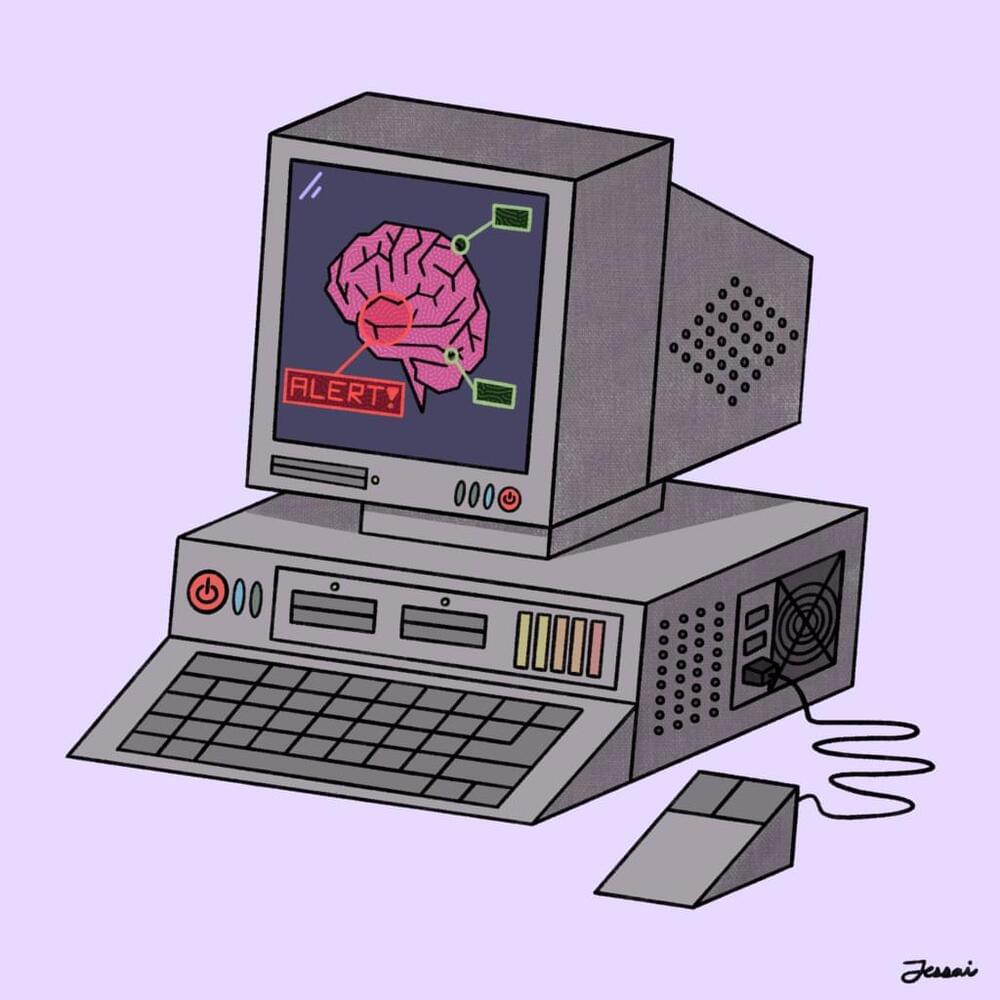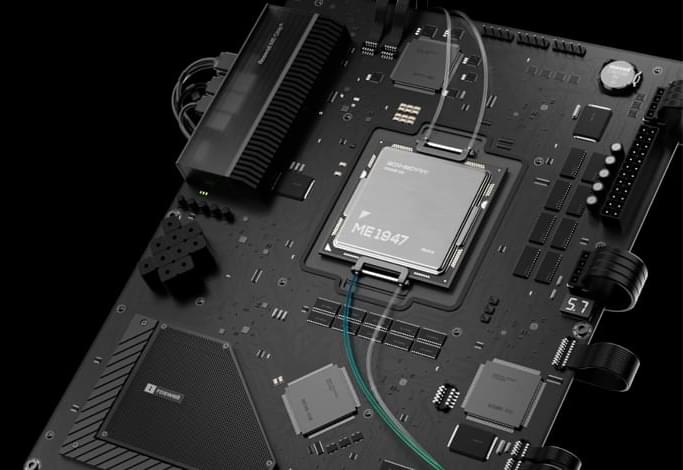Yale researchers were awarded a grant from the Swebilius Foundation for their breakthroughs in increasing the functionality of brain-machine interface chips designed to treat epilepsy.
Category: computing – Page 477
For humans, background noise is generally just a minor irritant. But for quantum computers, which are very sensitive, it can be a death knell for computations. And because “noise” for a quantum computer increases as the computer is tasked with more complex calculations, it can quickly become a major obstacle.
But because quantum computers could be so incredibly useful, researchers have been experimenting with ways to get around the noise problem. Typically, they try to measure the noise in order to correct for it, with mixed success.
A group of scientists from the University of Chicago and Purdue University collaborated on a new technique: Instead of directly trying to measure the noise, they instead construct a unique “fingerprint” of the noise on a quantum computer as it is seen by a program run on the computer.
The team was able to maintain this state of superposition among hundreds of vibrating pairs of fermions. In so doing, they achieved a new “quantum register,” or system of qubits, that appears to be robust over relatively long periods of time. The discovery, published today in the journal Nature, demonstrates that such wobbly qubits could be a promising foundation for future quantum computers.
New qubits stay in “superposition” for up to 10 seconds, and could make a promising foundation for quantum computers.
Caption: quibits graphic.
Credits: Credit: Sampson Wilcox/RLE
MIT physicists have discovered a new quantum bit, or “qubit,” in the form of vibrating pairs of atoms known as fermions. They found that when pairs of fermions are chilled and trapped in an optical lattice, the particles can exist simultaneously in two states — a weird quantum phenomenon known as superposition. In this case, the atoms held a superposition of two vibrational states, in which the pair wobbled against each other while also swinging in sync, at the same time.
Texas Instruments kicked off earnings season for the U.S.’s semiconductor manufacturers with a bang.
The profit report, seen as an indicator of what investors can expect from other chip makers, sent the shares higher in extended trading. Profits were higher than expected and management pointed to strong demand from customers in the industrial and automotive markets.
Protective coatings are common for many things in daily life that see a lot of use. We coat wood floors with finish; apply Teflon to the paint on cars; even use diamond coatings on medical devices. Protective coatings are also essential in many demanding research and industrial applications.
Now, researchers at Los Alamos National Laboratory have developed and tested an atomically thin graphene coating for next-generation, electron-beam accelerator equipment—perhaps the most challenging technical application of the technology, the success of which bears out the potential for “Atomic Armor” in a range of applications.
“Accelerators are important tools for addressing some of the grand challenges faced by humanity,” said Hisato Yamaguchi, member of the Sigma-2 group at the Laboratory. “Those challenges include the quest for sustainable energy, continued scaling of computational power, detection and mitigation of pathogens, and study of the structure and dynamics of the building blocks of life. And those challenges all require the ability to access, observe and control matter on the frontier timescale of electronic motion and the spatial scale of atomic bonds.”
A team of engineers and neurosurgeons developed a state-of-the-art brain sensor that could greatly enhance the treatment of cancer and epilepsy, according to a press statement from the University of California San Diego.
The new apparatus can record electrical signals from the brain’s surface in a never-before-seen resolution for such a device.
The breakthrough opens up new possibilities for brain-computer interfaces, such as the ones being developed by Elon Musk’s Neuralink. Not only will this help to improve diagnoses of deadly diseases, it also has the potential to transform our understanding of the human brain.
Using hundreds of computer simulations, the researchers found that the gravitational wave signals from GW150521 are best explained by a high-eccentricity, according to the statement.
The study also sheds new light on how some of the black hole mergers detected by the Laser Interferometer Gravitational-wave Observatory (LIGO) and its European counterpart, Virgo, are so much heavier than previously thought possible. Their findings were published Jan. 20 in the journal Nature Astronomy.
A new biosensor chip can observe direct electrical measurements of single-molecule interactions. This could enable faster and cheaper DNA sequencing, disease surveillance, and precision medicine on portable devices.
A new Commerce Department report highlighted the severity of a global shortage that has hobbled manufacturing and fueled inflation for more than a year, and that defies easy solutions.
The first molecular electronics chip has been developed, realizing a 50-year-old goal of integrating single molecules into circuits to achieve the ultimate scaling limits of Moore’s Law. Developed by Roswell Biotechnologies and a multi-disciplinary team of leading academic scientists, the chip uses single molecules as universal sensor elements in a circuit to create a programmable biosensor with real-time, single-molecule sensitivity and unlimited scalability in sensor pixel density. This innovation, appearing this week in a peer-reviewed article in the Proceedings of the National Academy of Sciences (PNAS), will power advances in diverse fields that are fundamentally based on observing molecular interactions, including drug discovery, diagnostics, DNA sequencing, and proteomics.
“Biology works by single molecules talking to each other, but our existing measurement methods cannot detect this,” said co-author Jim Tour, Ph.D., a Rice University chemistry professor and a pioneer in the field of molecular electronics. “The sensors demonstrated in this paper for the first time let us listen in on these molecular communications, enabling a new and powerful view of biological information.”
The molecular electronics platform consists of a programmable semiconductor chip with a scalable sensor array architecture. Each array element consists of an electrical current meter that monitors the current flowing through a precision-engineered molecular wire, assembled to span nanoelectrodes that couple it directly into the circuit. The sensor is programmed by attaching the desired probe molecule to the molecular wire, via a central, engineered conjugation site. The observed current provides a direct, real-time electronic readout of molecular interactions of the probe. These picoamp-scale current-versus-time measurements are read out from the sensor array in digital form, at a rate of 1,000 frames per second, to capture molecular interactions data with high resolution, precision and throughput.








